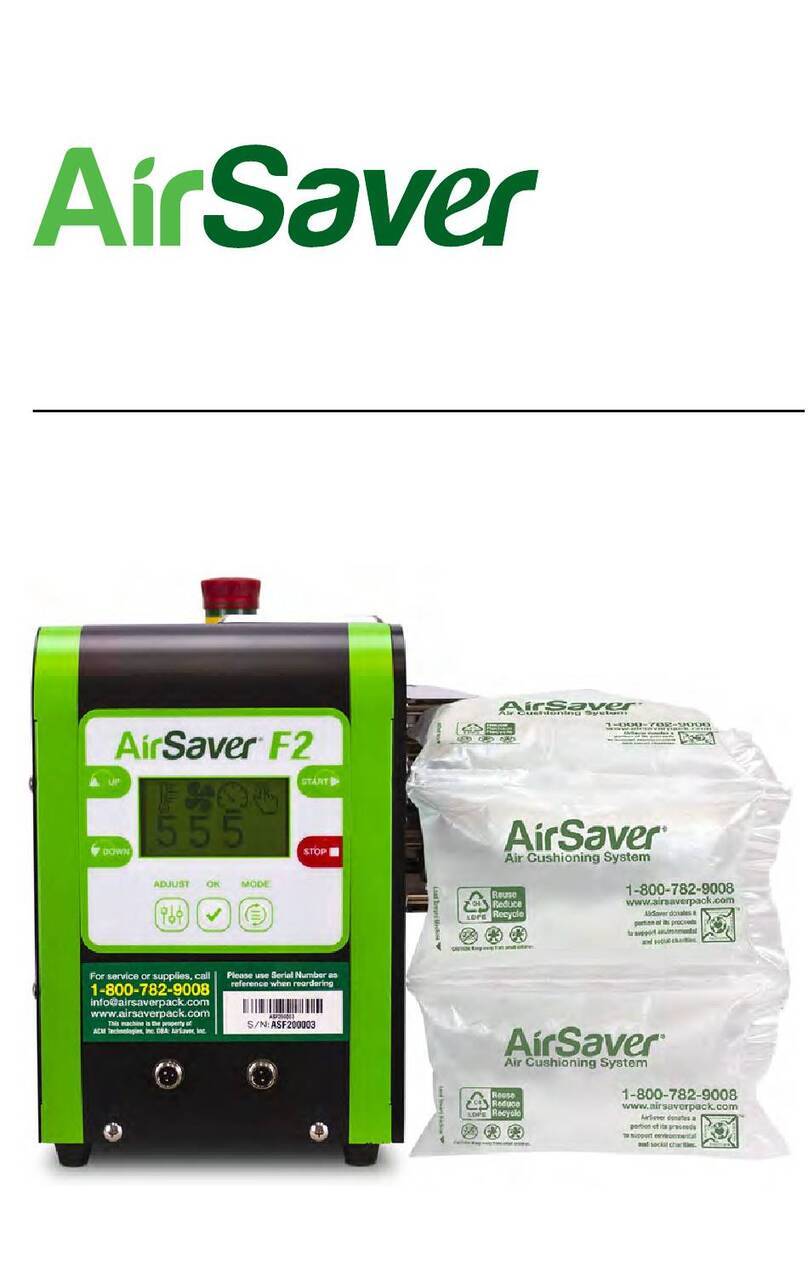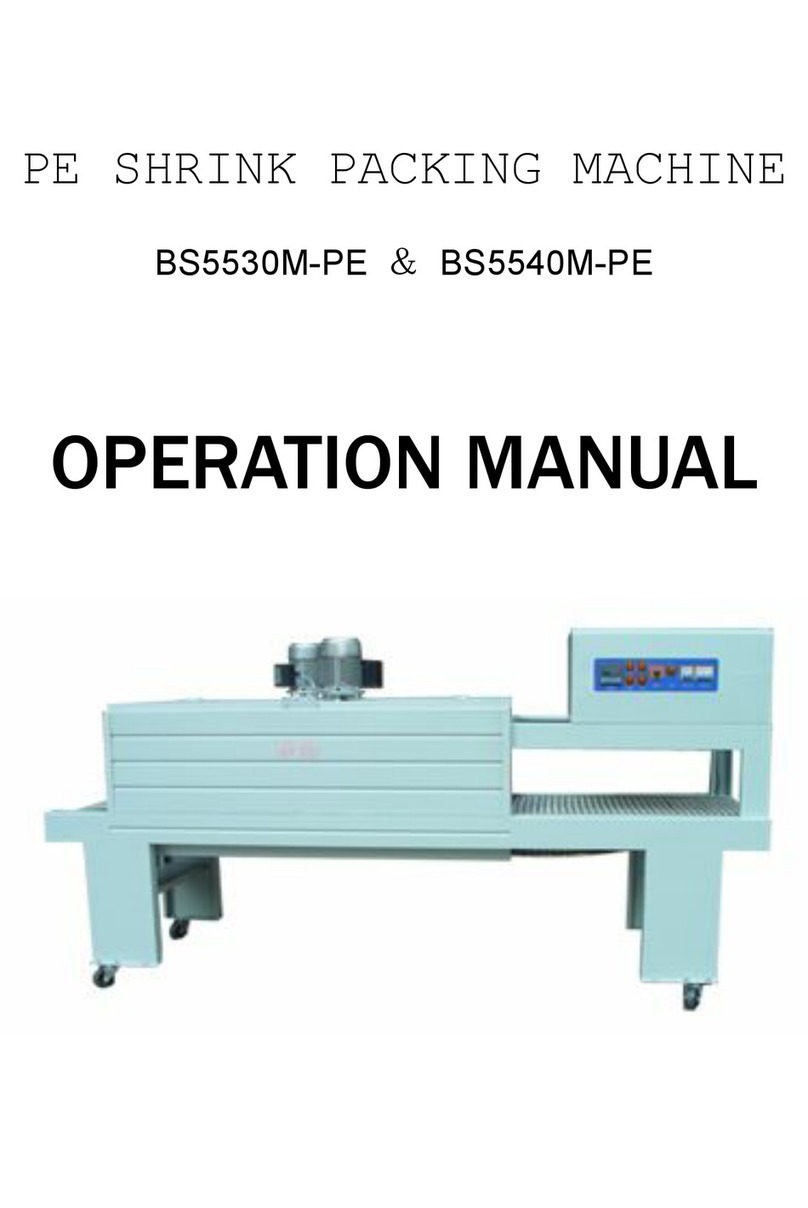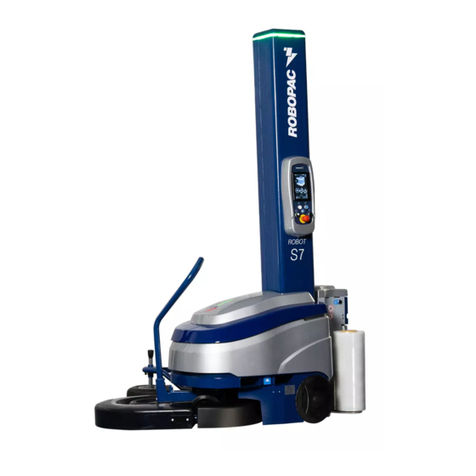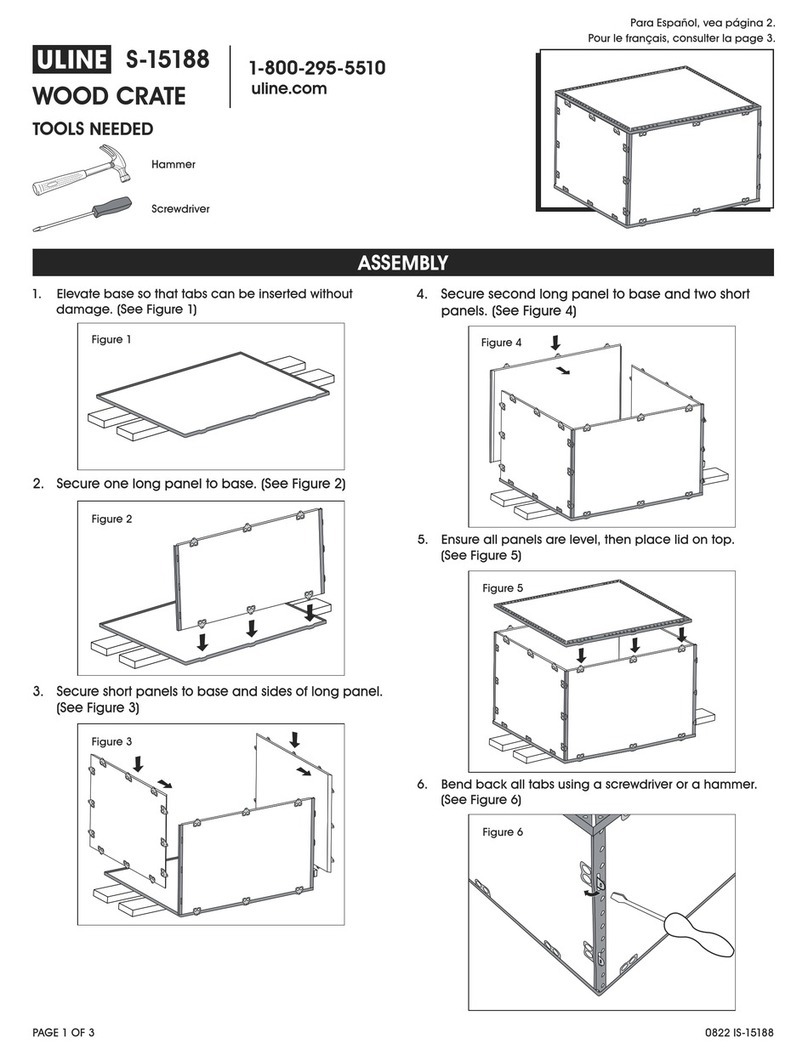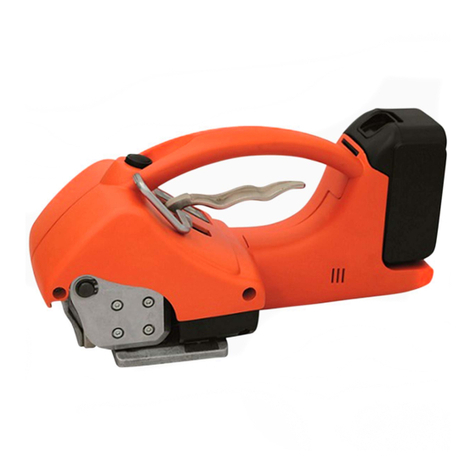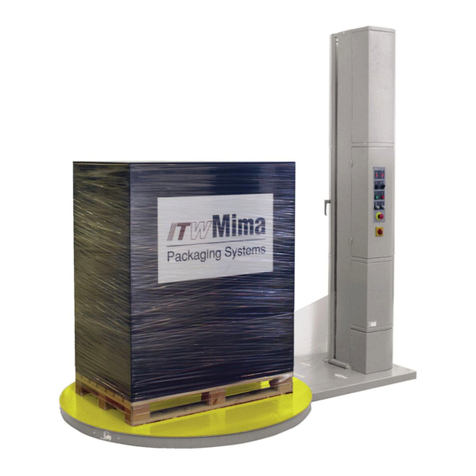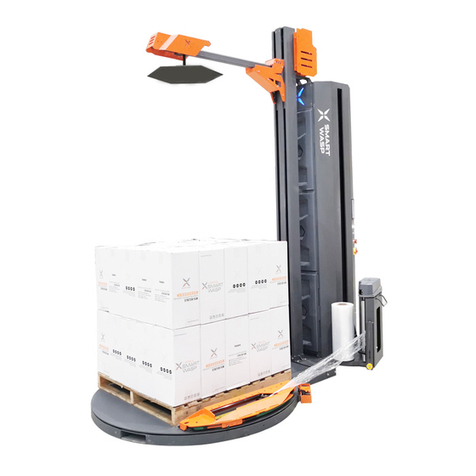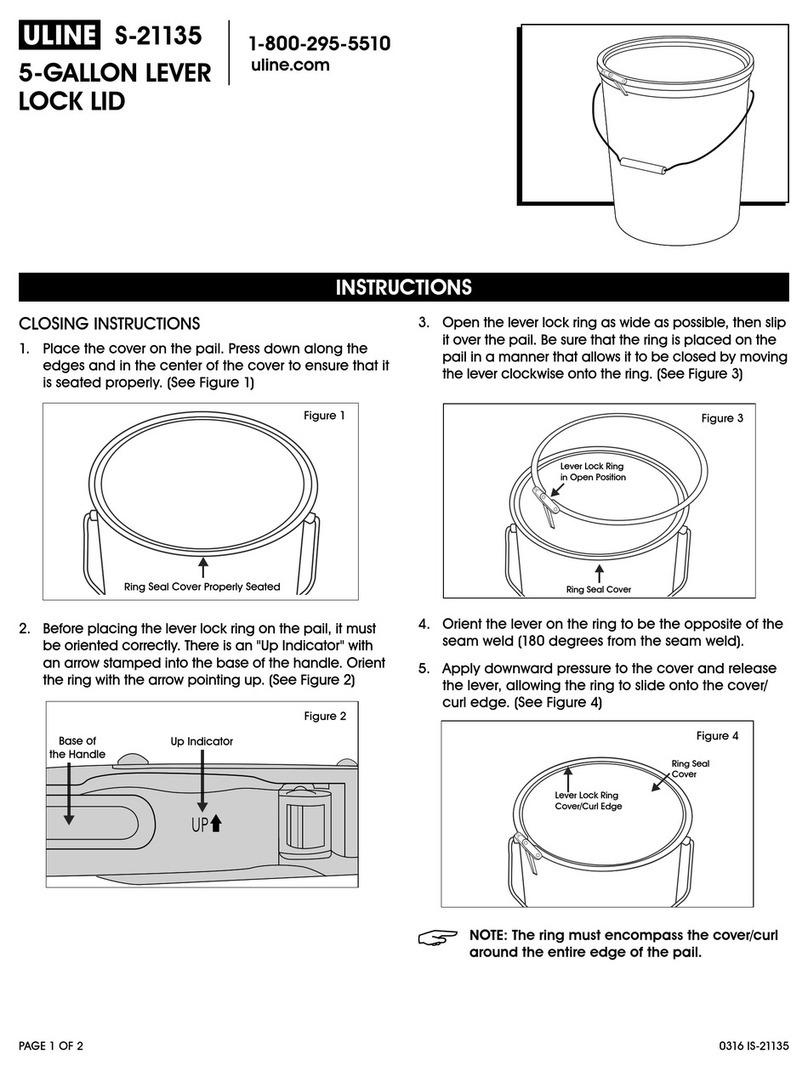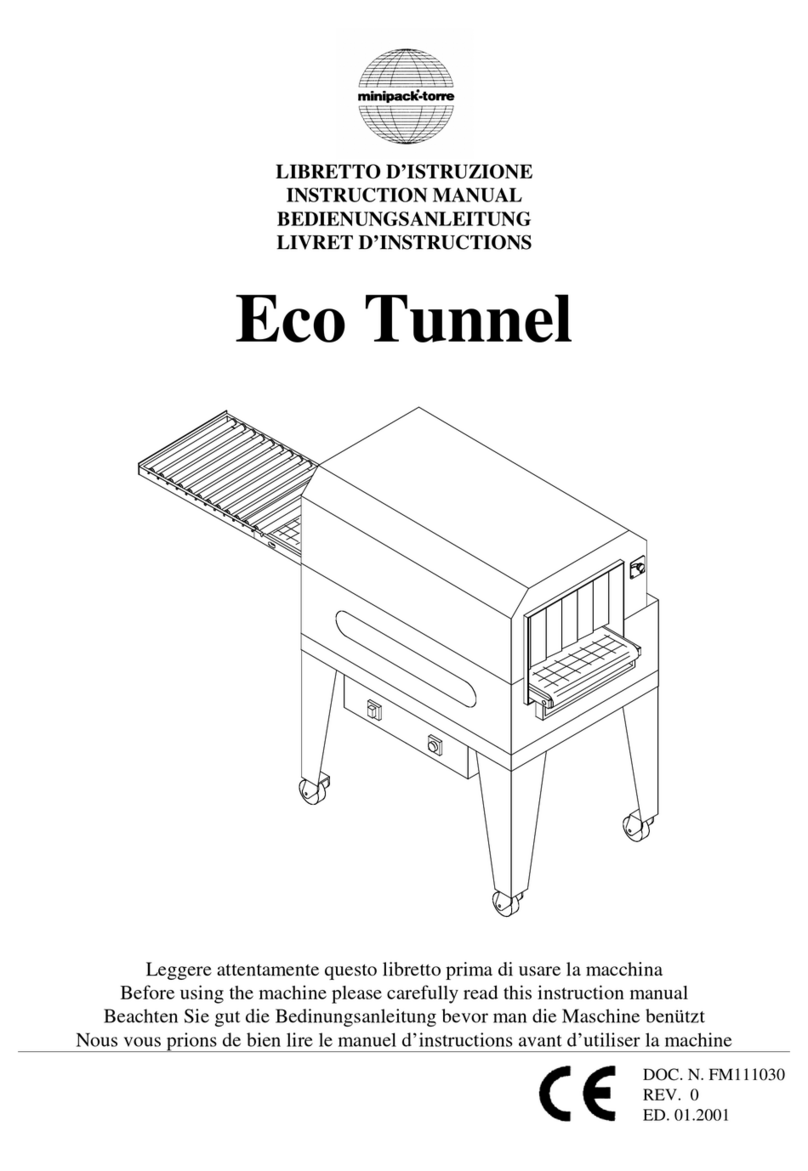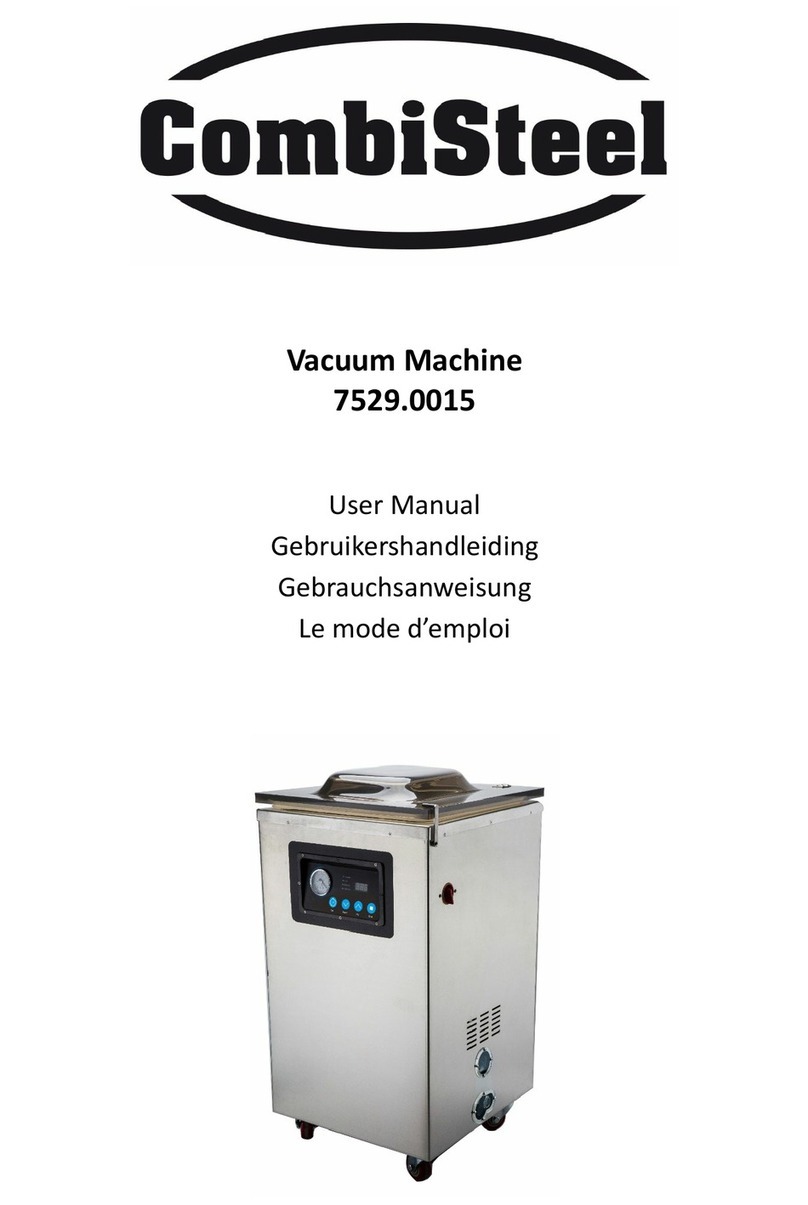
3
1) INFORMAZIONI SULLE SICUREZZE
1.1 PRECAUZIONI GENERALI
•L’affettatrice deve essere utilizzata da personale addestrato che deve conoscere le norme per l'uso e
sicurezza contenute nel manuale.
•Nel caso di avvicendamento del personale, provvedere all'addestramento.
•Anche se la macchina è munita di vari sistemi di sicurezza è necessario evitare di avvicinare le mani alla
lama ed alle parti in movimento.
•E' importante, prima di iniziare la pulizia o qualsiasi tipo di manutenzione, scollegare la macchina dalla
rete di alimentazione elettrica mediante cavo e spina oppure agendo sull’interruttore generale I-0 inserito
sull’alimentazione.
•Controllare periodicamente lo stato dei cavi e delle parti elettriche
•Non usare l’affettatrice con prodotti surgelati oppure pesci o con carni con osso e prodotti non alimentari.
•Se la lama dopo varie affilature e’ diminuita piu’ di 6 mm. rivolgetevi all’assistenza per la sostituzione.
•Non effettuare personalmente riparazioni, ma rivolgersi a personale specializzato.
•Usate la macchina del vuoto con prodotti solidi o con poca umidità, non è fatta per prodotti liquidi.
1.2 SICUREZZE MECCANICHE
Le affettatrici di nostra costruzione descritte in questo manuale rispondano, per quanto riguarda le sicurezze
contro i richi di natura meccanica, ai requisiti essenziali di sicurezza prescritti dalla direttiva macchine
2006/42/CEE per la conformità igenica alla direttiva 1935/2004/CEE.
Le sicurezze sono ottenute con:
•Applicazione di anello fisso copri lama.
•Dispositivo di blocco vela in posizione spessore zero per rimozione carrello.
•Varie protezioni sul piatto portamerce.
1.3 SICUREZZE ELETTRICHE
Le affettatrici elettriche sono costruite conformemente ai requisiti essenziali di sicurezza previsti dalla
Direttiva Bassa Tensione 2006/95/CEE. Tutte le prove sono state eseguite con la Norma EN 60335-2-64.
•Tutte le affettatrici della serie TOPVAC sono dotate di un interruttore di sicurezza Start-Stop che richiede
l'operazione volontaria di riavvio (riarmo) dell'apparecchio in caso di temporanea interruzione
dell’alimentazione.
•Il motore e’ protetto da dispositivo termico.
•Le macchine sono costruite in modo da impedire l’accesso delle mani alle parti elettriche.
Dato il perfetto isolamento di tutte le parti elettriche e l'ottima resistenza di tutti i materiali impiegati, le
macchine da noi prodotte possono essere tranquillamente installate e lavorare in ambienti umidi.
ATTENZIONE: durante la pulizia la macchina non deve mai essere spruzzata con getti d’acqua in
pressione, ma utilizzando un panno umido.
ATTENZIONE :
In conformita' al punto 1.7.2 "avvertenze in merito ai rischi residui" delle direttive
2006/42/CEE, si segnala che le protezioni applicate non eliminano totalmente il rischio di taglio pur
riducendo sia la possibilita' che l’entita’ del danno .Le protezioni e le sicurezze sono realizzate in stretta
conformita’ alla normativa.
